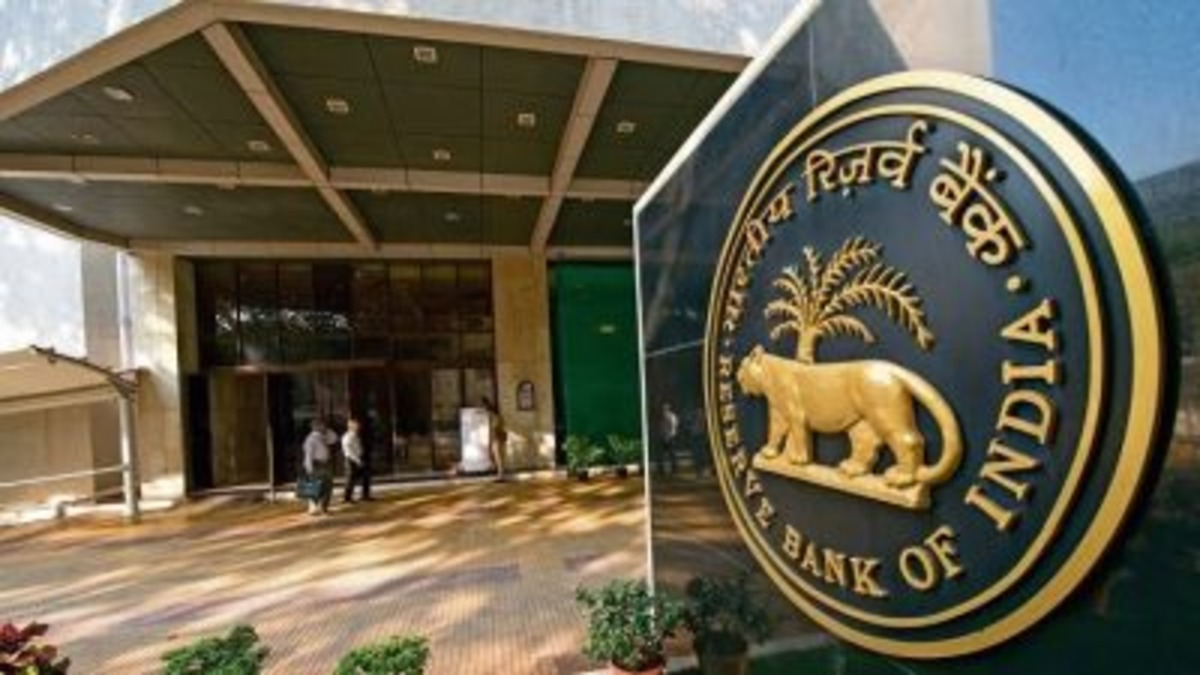The results of the RBI’s Monetary Policy Meeting for 2023: The Monetary Policy Committee (MPC), comprising of 6 members headed by RBI Governor Shaktikanta Das announced that the repo rate will remain unchanged at 6.5%.
The increased retail inflation and the rate actions taken by central banks of developed economies, especially the U.S. Federal Reserve, the European Central Bank, and the Bank of England, are two key factors on which the committee is expected to deliberate intensely while firming up the monetary policy. Das added that the MPC is prepared to take action if necessary, notwithstanding the rate-setting committee’s continued emphasis on the removal of lodging. Recent bank failures and contagion fears, adds Das, have prompted a focus on financial stability. According to Das, India’s economy will expand by 7% in real terms in FY23. Despite efforts by the central bank, inflation continues to rise. The Indian banking and NBFC industries are doing well.
While we have decided to leave the policy rate constant, we did so after carefully considering the macroeconomic and financial data available as of today. The Governor has stated that they will not rest until they see inflation fall steadily and return to their goal range.
The Reserve Bank of India (RBI) believes the Indian currency moved in a systemic order in 2022 and is expected to be stable in 2023, therefore Das said, “We remain alert and focused on maintaining the stability of the Indian rupee.”
The third-quarter current account deficit shrank considerably from the previous quarter. Around $600 Billion in Inward Gross Remittances have been received recently. Onshore market banks with IBUs are now permitted to issue non-deliverable forward contracts (NDFDCs). Das revealed that UPI can be used for pre-sanctioned bank credit lines as part of the RBI’s efforts to increase UPI’s reach.


